Creativity knows no limits. The only thing that can restrict a person's ability to soar with their imagination is themselves. I often wish I could take my kids on a tour of my childhood. What a wonderful way to spend quality time!
Back then, the world felt much less distracted. It was easier to fully embrace the present moment. Our days were filled with play and recreation. Kids spent their time playing, creating, and imagining with the simplest of things—balls, ropes, sticks, and stones—often with almost nothing at all. The best part was that they were genuinely happy—truly happy!
Children learn real-life skills through their experiences growing up. Back then, it was so easy to be a creative kid. Creative children never stop creating—the ideas flow constantly, wherever they are and whatever they're doing. They don’t need much to create something extraordinary. Finding a moment of boredom in the life of a creative child is rare.
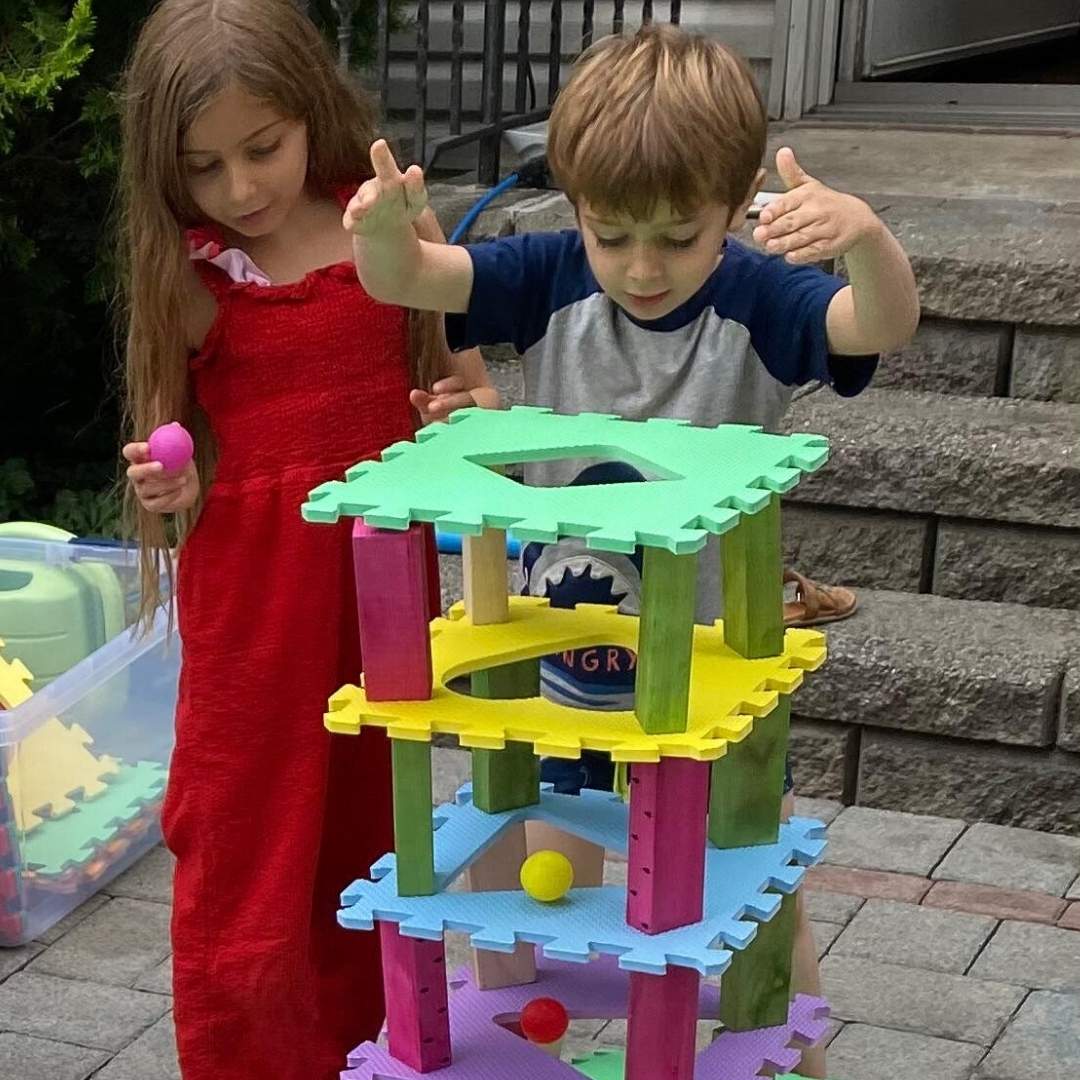
Creativity is more of a skill than an innate talent, which is why the way children are raised can impact their ability to think and create innovatively. A creative mind is often accompanied by traits such as imagination, intelligence, a passion for creating something new, originality, and curiosity. Generating innovative ideas and sharing them with others also requires the courage to face criticism. Creativity sets a person apart, helping them become resilient and resourceful in finding solutions when necessary.
Raising children today is challenging. Numerous external factors, such as financial resources, time, and energy, impact the family dynamic. However, parents ultimately set the tone by blending their values, commitment, and awareness of their children's needs.
So, how can parents encourage and support their child’s creativity in today’s world?
Here is my list of ideas for you:
 Limit screen and technology time—Time is a vital resource. Make space for imagination, free play, socialization, movement, and crafts. You will realize that kids always find something to do if we provide them with a space for that.
Limit screen and technology time—Time is a vital resource. Make space for imagination, free play, socialization, movement, and crafts. You will realize that kids always find something to do if we provide them with a space for that.
 Expose the child to other people’s artwork through all means (books, a museum tour, websites, art exhibitions, etc.).
Expose the child to other people’s artwork through all means (books, a museum tour, websites, art exhibitions, etc.).
 Allow children to interact with everyday materials and items around the house, allowing them to explore and experiment. Joining them in this process with an open mind is terrific, as it fosters an environment where spontaneous ideas can emerge, and small mistakes are embraced as valuable learning opportunities.
Allow children to interact with everyday materials and items around the house, allowing them to explore and experiment. Joining them in this process with an open mind is terrific, as it fosters an environment where spontaneous ideas can emerge, and small mistakes are embraced as valuable learning opportunities.
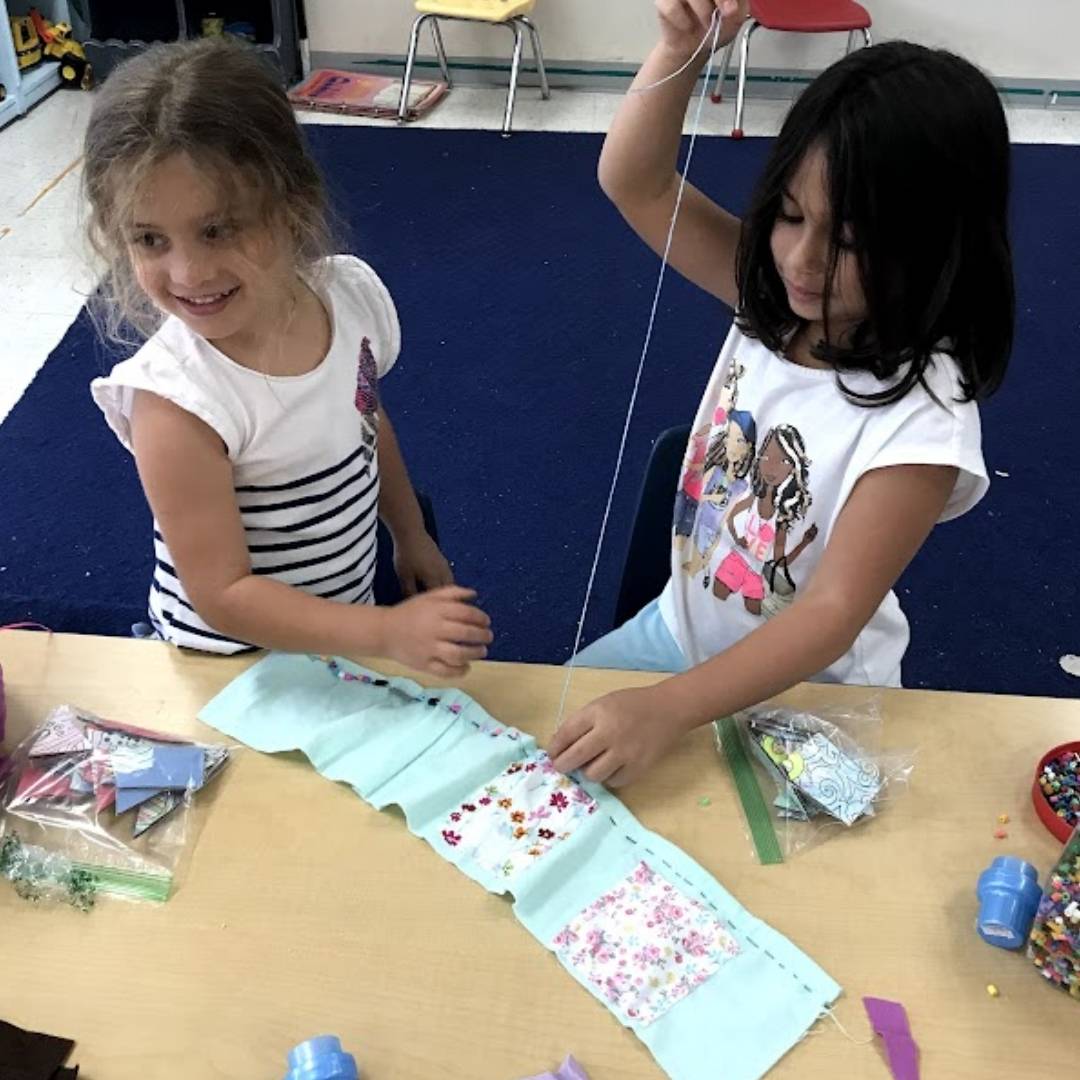
 Allow them to have experiences on their own without adult interference, as long as it's not dangerous or unsafe. This also supports the development of their independence and boosts their self-esteem.
Allow them to have experiences on their own without adult interference, as long as it's not dangerous or unsafe. This also supports the development of their independence and boosts their self-esteem.
 Allow your child to express themselves freely; it's essential for them to feel that what they say matters and is valued. In doing so, they will experience the sense of being seen and heard, which boosts their confidence and emotional well-being.
Allow your child to express themselves freely; it's essential for them to feel that what they say matters and is valued. In doing so, they will experience the sense of being seen and heard, which boosts their confidence and emotional well-being.
 Pose open-ended questions such as, "What do you think will happen if...?" or "What else can we do with this item?" or " Do you have any ideas?" and "Can you please show me how to do that?". Treating them as equals by consulting them boosts their self-esteemf and motivates them to grow out of themselves. Treating their opinions and ideas with respect helps to promote independent thinking and encourages a deeper exploration of their thoughts and creativity.
Pose open-ended questions such as, "What do you think will happen if...?" or "What else can we do with this item?" or " Do you have any ideas?" and "Can you please show me how to do that?". Treating them as equals by consulting them boosts their self-esteemf and motivates them to grow out of themselves. Treating their opinions and ideas with respect helps to promote independent thinking and encourages a deeper exploration of their thoughts and creativity.
 Take your child to an arts and crafts store. These vibrant spaces can ignite their imagination and inspire countless creative ideas. The variety of materials, colors, and tools can spark enthusiasm and curiosity, encouraging them to explore new projects. Let them roam and explore freely, allowing their creativity to flourish as they discover possibilities they may not have considered before. It's also an excellent opportunity to involve them in decision-making and enable them to choose supplies that excite them, making the experience even more engaging.
Take your child to an arts and crafts store. These vibrant spaces can ignite their imagination and inspire countless creative ideas. The variety of materials, colors, and tools can spark enthusiasm and curiosity, encouraging them to explore new projects. Let them roam and explore freely, allowing their creativity to flourish as they discover possibilities they may not have considered before. It's also an excellent opportunity to involve them in decision-making and enable them to choose supplies that excite them, making the experience even more engaging.
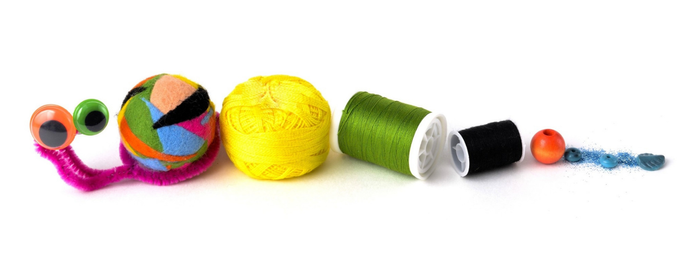
 Don’t try to comfort and please your kids by buying them stuff. The best ideas for new games can come from them.
Don’t try to comfort and please your kids by buying them stuff. The best ideas for new games can come from them.
 When considering purchasing new games or craft kits for your kids, always ask yourself what the actual benefits of the activity are. Reflect on whether the game or kit will promote creativity, problem-solving, critical thinking, or skill development. Will it encourage independent play, teamwork, or learning new concepts? It's essential to evaluate whether its value justifies the cost in terms of educational benefits and long-term engagement. Consider whether the activity is something your child can revisit and enjoy over time or if it will lose its appeal quickly. Strive for purchases that contribute to their growth and offer lasting enjoyment, rather than items that may be forgotten soon or used only once.
When considering purchasing new games or craft kits for your kids, always ask yourself what the actual benefits of the activity are. Reflect on whether the game or kit will promote creativity, problem-solving, critical thinking, or skill development. Will it encourage independent play, teamwork, or learning new concepts? It's essential to evaluate whether its value justifies the cost in terms of educational benefits and long-term engagement. Consider whether the activity is something your child can revisit and enjoy over time or if it will lose its appeal quickly. Strive for purchases that contribute to their growth and offer lasting enjoyment, rather than items that may be forgotten soon or used only once.
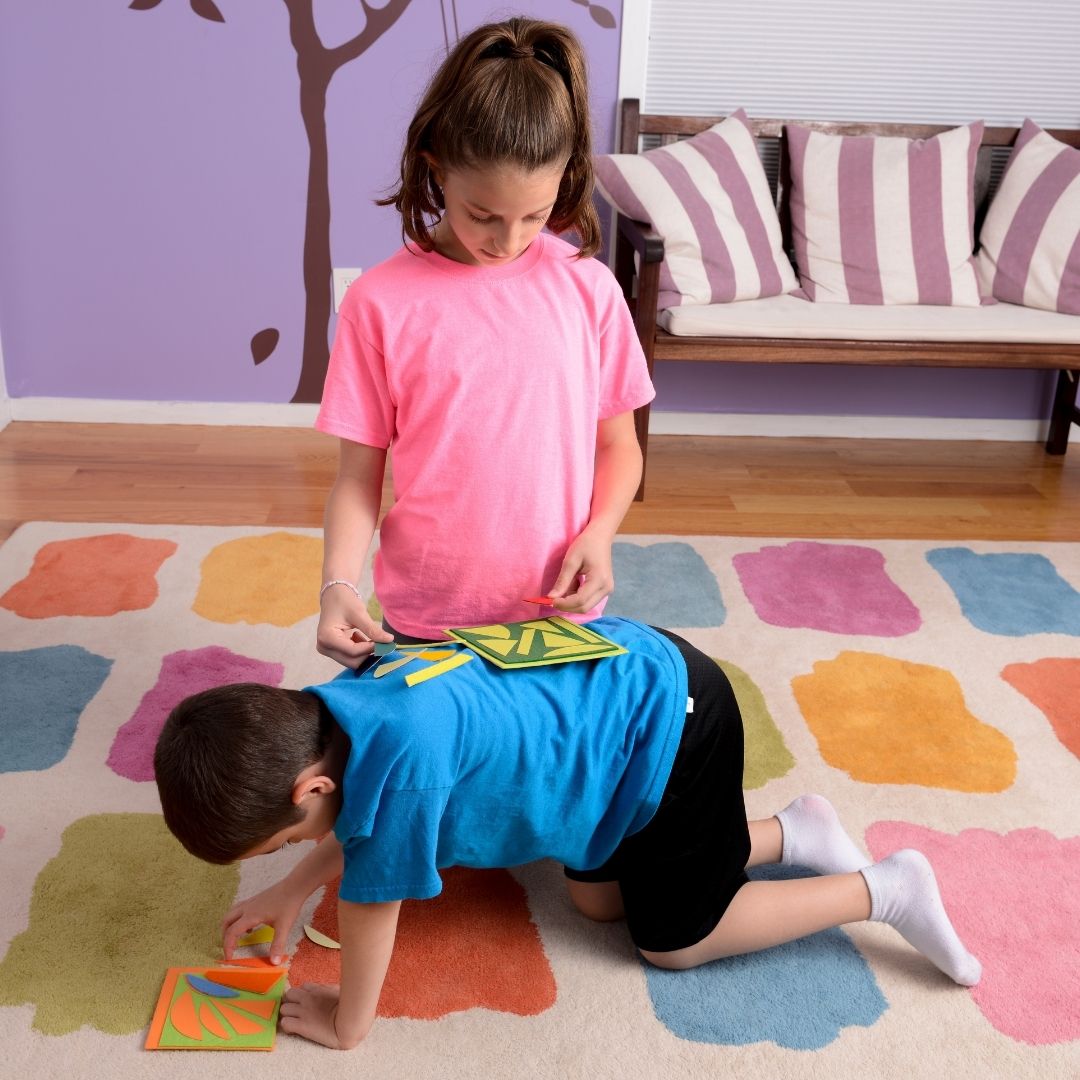
Most tools to encourage your child’s creative development are already in your hands. As a parent or caregiver, you can create an environment that nurtures curiosity, imagination, and independent thinking. By providing various materials and resources—such as art supplies, books, open-ended toys, and hands-on activities—you can inspire your child to explore new ideas and express themselves freely.
By fostering a supportive, open, and flexible environment, you empower your child to strengthen their creative mind and develop the confidence to explore the world innovatively.
So, what are your creative plans for today?
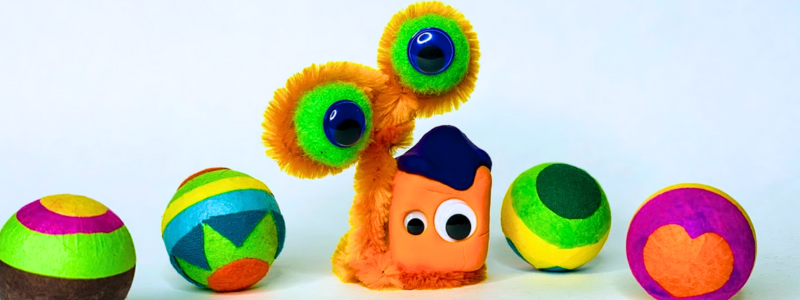














Yours is a very thoughtful list of ways to encourage creativity in children. And you’re so right about all the distractions for children today. Someone just explained to me that a defining characteristic of millennials is that, because of when they were born, cell phones and the Internet always existed in their lives. And that’s the phenomenon of today’s kids. They never really have time to be bored as older generations did. Remember hobbies?
Thanks,
Gwynn Torres
The Creativity Institute
Thank you for your comment. And, YES, I definitely remember hobbies :-), I keep my hobbies with me till today.
We, the adults, should keep in mind a few things:
First, that our memories about our amazing and different childhood are kept with us all, but our kids weren’t there to cherish them too. It’s our job helping them create beautiful memories of their own; And it won’t happen from spending hours in front of the screens.
Second, time is a very precious source and it’s like eating dinner twice: If our time, or our kids’ time is already stuffed, there is no room for more things to enter – therefore we need to plan our time and their time more carefully.
It’s very important that parents will believe and remember that the power to direct their kids is in their hands-
They just need to use it wisely 🙂
Yours,
Bell